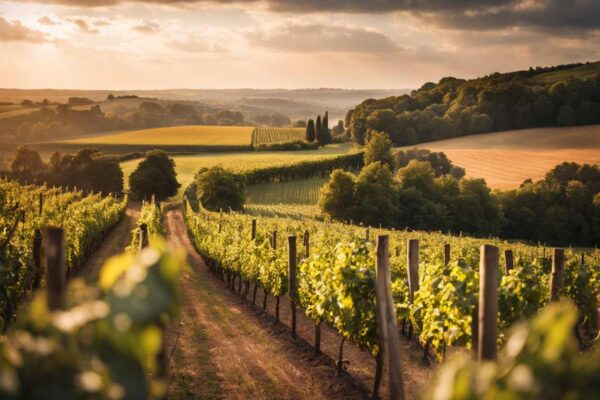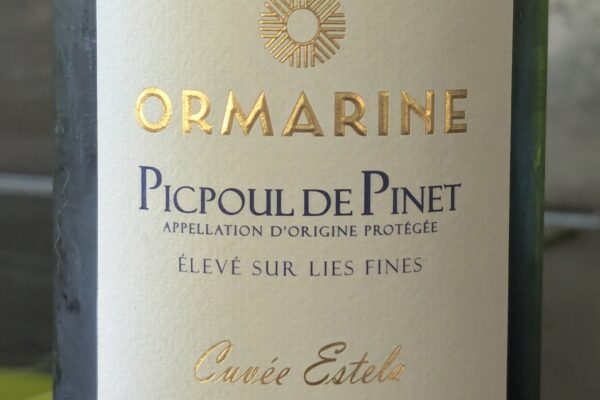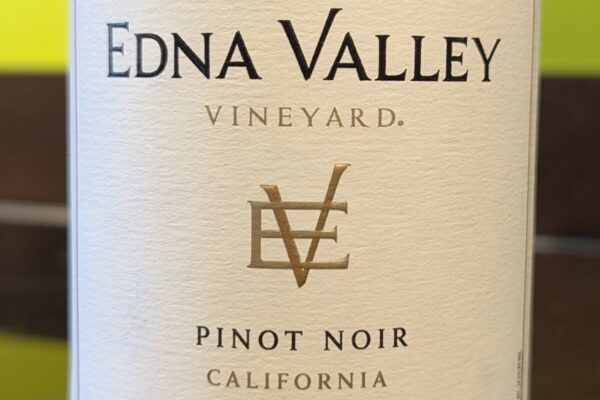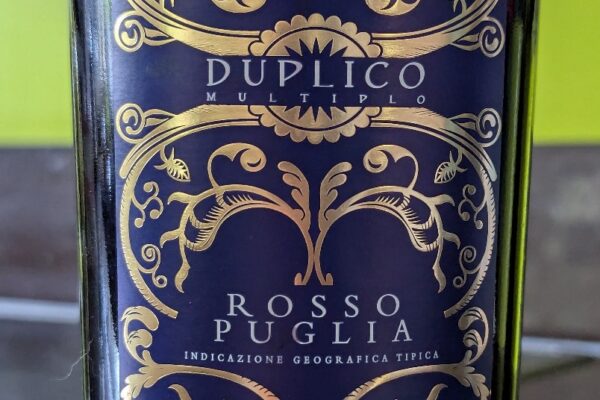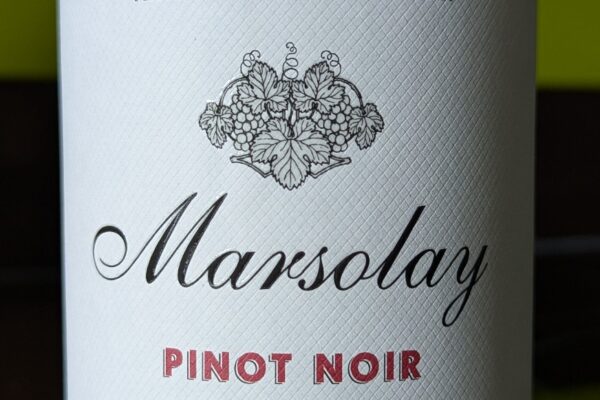History
Provence, located in the sun-drenched south of France, is globally renowned for producing some of the finest rosé wines. Its legacy in winemaking stretches back to 600 BC with the founding of Marseille and the planting of the region’s first vineyard. Over the centuries, wine production in Provence evolved under the influence of monasteries from the 5th to 12th centuries and was later shaped by the rise of major Provençal winegrowing families in the early 20th century. A significant shift occurred in the 1970s, when quality became a priority in rosé production, ushering in a new era that redefined the global perception of rosé.
Appellations and Centre du Rosé
The formal recognition of the region’s viticultural potential came with the establishment of three key appellations: Côtes de Provence in 1977, Coteaux d’Aix-en-Provence in 1986, and Coteaux Varois en Provence in 1993.

The Centre du Rosé, created in 1999 and followed by the launch of the CIVP (Conseil Interprofessionnel des Vins de Provence) in 2003, has played an instrumental role in this progression. The Centre functions as a research hub, analysing every aspect of rosé wine, from colour, varietal selection and alcohol levels to production techniques and shares its findings with wineries, producers and cooperatives, helping them continuously refine their methods and elevate quality standards.
Today, Provence is the leading region in France for PDO (Protected Designation of Origin) rosé wines, producing 43% of France’s PDO rosé and 6% of the world’s rosé by volume. With 27,800 hectares under vine, the region is home to 575 producers, including 479 individual wineries, 58 cooperatives, and 38 wine merchants, along with more than 100 local merchants. In 2022, Provence produced 174 million bottles of wine, of which rosé made up the vast majority. By 2023, 89% of production was rosé, with only 6% white and 5% red, amounting to 144 million bottles of rosé out of 162 million total bottles.
Terrain
The quality of Provence rosé we see today is the result of 5 to 8 years of intense recent development and a broader effort spanning over 20 years. The wines are not mass-produced in endless vineyards, but cultivated across diverse, often small plots. The landscape is characterised by a mosaic of terraces and fields nestled among lavender, olive trees, almond groves and pines, creating a unique environment that contributes to the character of the wines.

Viticultural techniques in Provence are deeply connected to the landscape. Traditional terracing, known as “restanques”, allows vineyards to be planted on steep slopes perpendicular to the incline, helping to limit erosion, ensure even root growth, and improve drainage. These terraces are not only functional but form a part of the region’s cultural heritage.
Climate
Provence’s Mediterranean climate, with 2,700 to 2,900 hours of sunshine annually, is ideal for growing grapes. The region benefits from high summer temperatures, the cooling influence of the Mediterranean Sea and a diverse topography that includes steep slopes and hills aiding air circulation and water drainage. Seasonal rainfall, especially in autumn and spring, and the dry, hot summers also contribute to ideal conditions for viticulture. One of Provence’s most defining climatic features is the presence of numerous regional winds, 32 in total, including the famed Mistral, which helps keep the vines dry and free from disease.
Sustainability
Sustainability is central to the philosophy of winemaking in Provence. The region is now one of the leaders in the conversion to organic viticulture, with 61% of vineyards certified either organic (27%) or under the Haute Valeur Environnementale (HVE) scheme (40%) with an aim to eventually achieve 100%.
Grapes
The region cultivates a wide array of red and white grapes, with the red varieties being particularly central to rosé production. Among the most prominent are Grenache, Cinsault and Syrah, often referred to as the ‘big three’. Grenache brings structure, roundness, and a fruity profile that develops into spicy aromas. Cinsault contributes freshness, delicacy and subtle fruit-forward notes, thriving in poor, dry soils with low colouring intensity. Syrah offers deep colour, firm tannic structure and hints of jammy berries. Alongside these, Mourvèdre, Tibouren, Carignan, Cabernet Sauvignon, and lesser-known varieties like Barbaroux, Calitor and Caladoc enrich the palette for blending.

Since December 2021, new grapes such as Rousseli, Agiorgitiko, Calabrese, Moschofilero and Xinomavro have been authorised, allowing even greater diversity and adaptability. For white wines and occasional blending, grapes like Vermentino (Rolle), Clairette, Sémillon and Ugni Blanc also play a role. The choice and combination of these varieties are crucial in shaping the balance, colour, aroma and texture that define Provençal rosé.
Styles
Each of the three major appellations offers its own expression of rosé. Côtes de Provence wine region is the country’s fourth-largest wine designation and the top for PDO rosé. The area spans 20,358 hectares, with 21% of the land certified organic and 30% recognised under high environmental value certification. Côtes de Provence rosés are characterised by their light, clear and bright appearance. They typically offer an intense aroma with floral and fruity notes, and a palate that is supple and rounded, often finishing with a long, fruity note. These rosés strike a balance between generosity and a light, tart freshness.
Coteaux Varois en Provence, with 2,978 hectares, produces wines with a pale pink hue, floral and fruity aromas and a balanced, more full-bodied mouthfeel. Ninety-two percent of its production is rosé, made by 67 individual wineries, 11 cooperatives and 5 wine merchants. Forty-four percent of its vineyards are certified organic, with 56% meeting HVE standards.
Coteaux d’Aix-en-Provence is a bright and expressive wine region encircling Aix-en-Provence, covering 4,444 hectares. It produces 86% rosé and is known for wines with salmon pink colours, floral bouquets and tart berry notes. These are also more full-bodied wines with a structured acidity. The appellation’s terrain varies widely, encompassing early-harvest Mediterranean zones near the Etang de Berre lagoon, windy areas around Salon-de-Provence, hilly central areas and high-elevation plateaus in the east. Its vineyards are set within the western part of Calcareous Provence, amid the picturesque landscapes famously painted by Cézanne.
All the elements, history, terrain, climate, sustainability, science and craftsmanship make Provence rosé not just a regional speciality but a global benchmark. What the region offers today is the result of decades of work, rooted in tradition yet constantly evolving, shaped by nature and refined by human touch.
Thanks to the masterclass by Ray O’Connor MW ambassador for Vins de Provence for much of the facts in this article.




